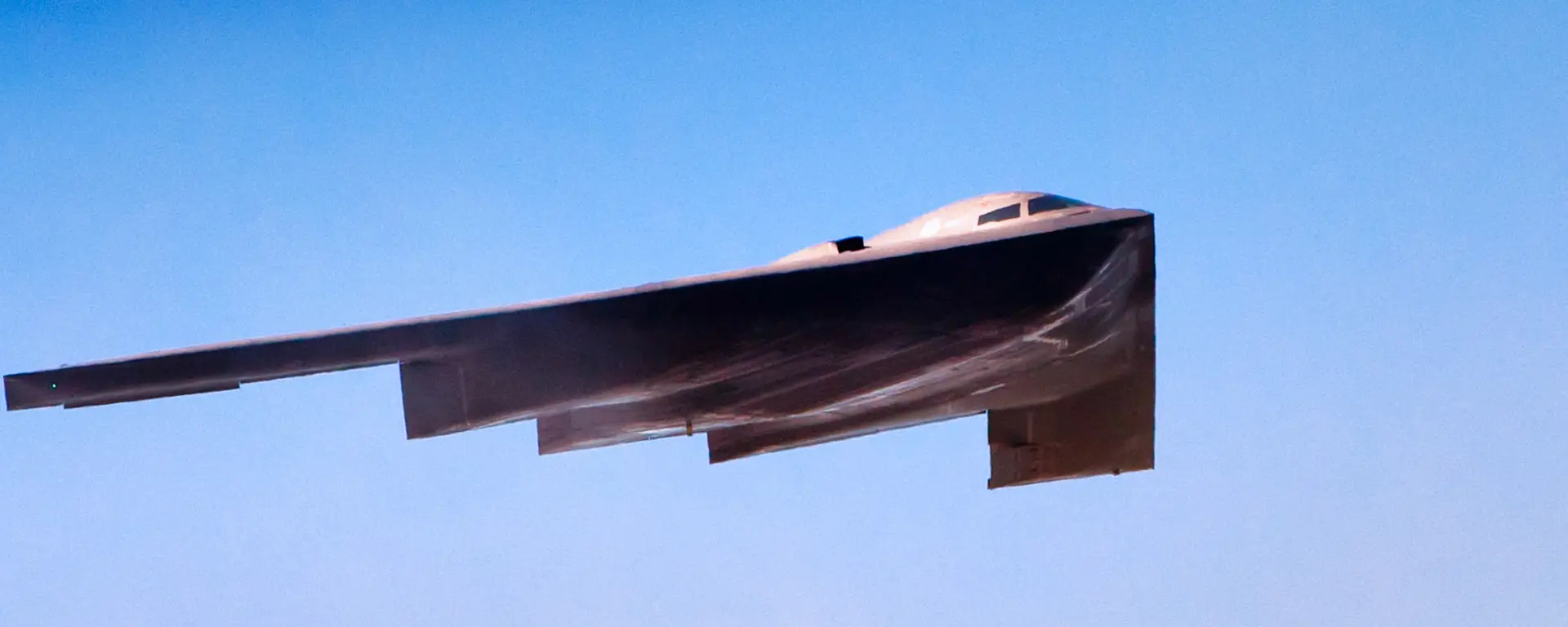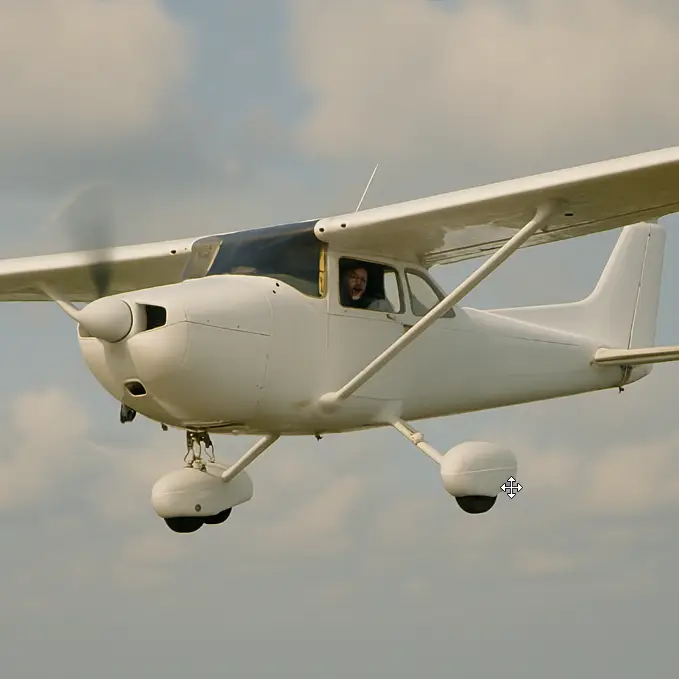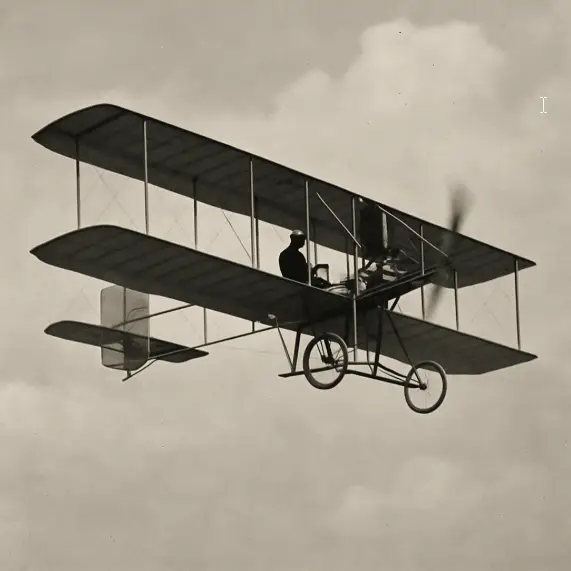How Airplanes Achieve Lift During Takeoff

- aviatorpro_6714
The marvel of flight has captivated humans for centuries. While airplanes are now a routine part of daily life, the science behind how they achieve lift during takeoff remains a fascinating subject. Understanding this process can deepen our appreciation for the engineering and physics that make air travel possible.
The Basics of Lift
At the heart of an airplane’s ability to take off is the concept of lift. Lift is the force that allows an aircraft to rise off the ground and into the sky. It is generated by the wings of the airplane and is essential for overcoming the force of gravity.
The Role of the Wings
The wings of an airplane are designed with a special shape called an airfoil. This shape is crucial in creating lift. An airfoil is curved on the top and flatter on the bottom. As the airplane moves forward, air flows over and under the wings. The air moving over the top of the wing travels faster than the air underneath, creating a pressure difference. This difference in pressure generates lift, allowing the plane to rise.
Bernoulli’s Principle
The explanation of how lift is generated is often attributed to Bernoulli’s Principle. This principle states that an increase in the speed of a fluid occurs simultaneously with a decrease in pressure. In the case of an airplane, the “fluid” is the air. As air speeds up over the top of the wing, the pressure decreases, and lift is produced.
The Takeoff Process
For an airplane to take off, it must achieve a speed known as the “takeoff speed.” This is the speed at which the lift force generated by the wings is greater than the weight of the plane. Achieving this speed involves several key steps.
Acceleration on the Runway
The takeoff process begins with acceleration down the runway. The engines of the airplane provide the necessary thrust to propel the plane forward. As the plane gains speed, the airflow over the wings increases, generating more lift.
Rotation and Liftoff
Once the airplane reaches takeoff speed, the pilot will gently pull back on the control column. This action raises the nose of the plane, increasing the angle of attack—the angle between the wing and the oncoming air. A higher angle of attack results in more lift, allowing the plane to leave the ground.
Climbing to a Safe Altitude
After liftoff, the airplane continues to climb to a safe altitude. During this phase, the engines maintain thrust, and the pilot adjusts the controls to manage the climb rate and ensure a stable ascent.
Factors Affecting Takeoff
Several factors can influence the takeoff process and the lift generated by an airplane.
Weight of the Aircraft
The weight of the aircraft is a significant factor in determining the amount of lift needed for takeoff. Heavier planes require more lift, which means they need to achieve a higher takeoff speed or have longer runways.
Weather Conditions
Weather conditions, particularly wind, can impact takeoff. A headwind, which blows against the direction of takeoff, can aid in generating lift by increasing the airflow over the wings. Conversely, a tailwind can make takeoff more challenging by reducing the relative airflow.
Runway Length and Slope
The length and slope of the runway can also affect takeoff. Longer runways allow for more acceleration time, which is beneficial for heavier aircraft. A runway with an uphill slope may require more thrust to achieve takeoff speed compared to a flat or downhill runway.
The Role of Flaps and Slats
To assist with takeoff, airplanes are equipped with flaps and slats. These are movable surfaces on the wings that can be extended to increase lift.
Flaps
Flaps are located on the trailing edge of the wings. Extending the flaps increases the wing’s surface area and changes the wing’s shape, both of which contribute to increased lift. This is particularly useful during takeoff and landing when additional lift is needed at lower speeds.
Slats
Slats are found on the leading edge of the wings. Like flaps, they help increase lift by altering the wing’s shape. When extended, slats create a gap that allows air to flow over the wing more smoothly, reducing drag and improving lift.
Common Misconceptions
There are several common misconceptions about how airplanes achieve lift during takeoff.
Myth: Planes Take Off Due to Engine Power Alone
While engine power is crucial for achieving the necessary speed for takeoff, it’s the design of the wings and the generation of lift that ultimately allow the plane to leave the ground. Engines provide thrust, but without lift, a plane cannot take off.
Myth: Larger Planes Need Much Longer Runways
While it’s true that larger planes require more lift and, therefore, longer runways, modern engineering and technology have allowed for efficient designs that can minimize the necessary runway length. Factors like wing design, engine power, and advanced materials all contribute to this capability.
Conclusion
Understanding how airplanes achieve lift during takeoff reveals the intricate balance of forces and engineering that makes flight possible. From the precise shape of the wings to the role of engine thrust and the impact of weather conditions, each element plays a vital part in the process. By appreciating these complexities, we can better understand the marvel that is modern aviation, enabling the safe and efficient travel of millions of people around the world every day.



